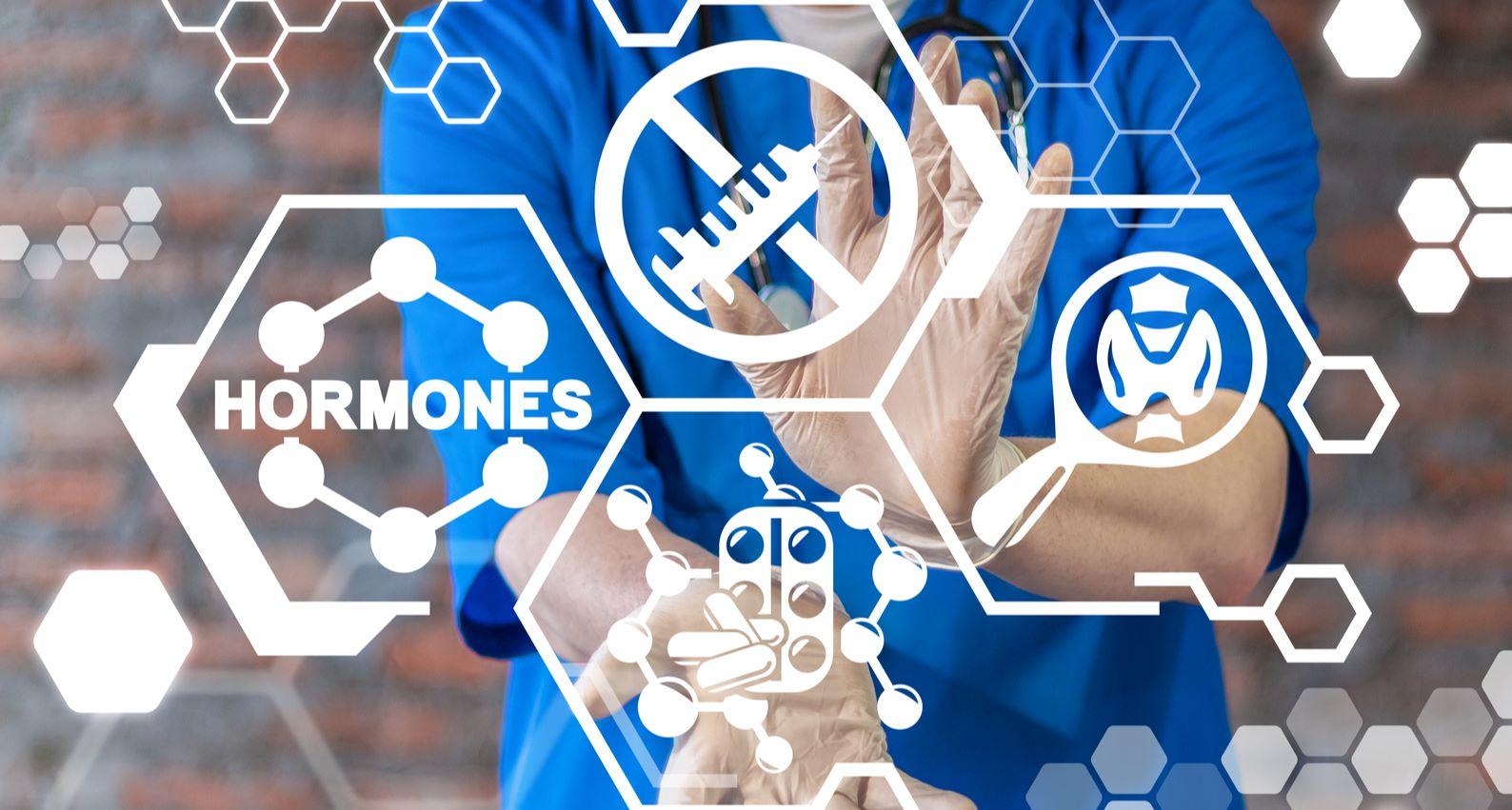Hormonal Imbalance – Need for New-Age Detection Devices
Published on 27 Apr, 2022

Hormonal imbalance can cause various health issues and diseases in women and children. It can also lead to abnormal growth in children. Hence, it is imperative that an imbalance is detected early on and treated. Earlier, the best way to detect this imbalance was either through a blood test or an ultrasound, and the results were not too reliable. With the advancement of technology, new non-invasive methods introduced in the market give accurate results within minutes. Moreover, various new methods are being tested for different hormones.
The human body is a complex machine. One of its key components is the endocrine system, which is defined as "a group of glands and organs that regulate and control various body functions by producing and secreting hormones.” Various organs make up this system and each of them have different and often unrelated functions. The major glands are hypothalamus, pituitary, thyroid, parathyroid, and adrenal. Each of these secretes a different hormone in the body.
Hormones can be described as chemical messengers of the body that carry vital information to the cells. There are different types of hormones that carry various functions in the human body. Hormones affect vital body processes such as metabolism, reproduction, growth, and emotional well-being.
The five most common hormones and their functions are as follows:
Hormones | Functions |
|---|---|
Cortisol | Controls body’s reaction to stress, regulates blood sugar and metabolism, etc. |
Estrogen | Regulates cholesterol, bone health, and menstrual cycle, especially during early adolescence, and supports bones, heart, and mood during pregnancy |
Insulin | Helps muscles absorb glucose and acts as a blood sugar dissolver |
Progesterone | Present only in women to manage early stages of pregnancy and regulate menstrual cycles |
Testosterone | Produced in small quantity in women to support reproductive tissue and overall bone health |
If these hormones are not produced at the appropriate levels, it can lead to hormonal imbalance. Women are known to suffer from it more acutely than men. While some life transitions such as puberty, menopause, and pregnancy cause hormonal imbalance, it can also occur in women due to the following reasons:
- Medications or hormone therapy
- Cancer treatments such as chemotherapy and tumors in the body
- Pituitary tumors
- Eating disorders such as anorexia
- Stress and unhealthy lifestyle
- Injury or trauma
Some common forms of hormonal imbalance in women are as follows:
Hormonal imbalance | Too much | Too little |
|---|---|---|
Estrogen | Certain type of cancers, depression, weight gain, insomnia, headaches, anxiety, menstrual issues | Osteoporosis, fertility issues, mood disorders |
Progesterone | Risk of breast cancer | Irregular menstrual cycles, premature labor, miscarriage |
Testosterone | Excessive body and facial hair, acne, body fat, fertility issues | Heart disease, poor memory, loss of bone density |
Insulin | Hypoglycemia | Diabetes or high blood sugar |
Cortisol | Hypertension, anxiety, sleep loss, autoimmune issues | Low blood pressure, weakness, fatigue |
The main symptoms of hormonal imbalance are as follows:
Visual/External Changes | Non-Visual/Internal Changes |
|---|---|
Hormonal imbalance in children
Hormones play a significant role in the growth and development of children. Hence, if any endocrine glands involved is functioning abnormally, it will produce either too much or too little of the hormone it is supposed to release. This could directly impact pubertal development. Unbalanced secretion of hormones can cause precocious puberty, when puberty occurs at a very early age in young children or is delayed.
New technologies for detection
Hormones and their functionalities in a human body are varied. Usually, there is no single way to detect hormonal imbalance. As its symptoms are also common, only a wide range of issues can indicate something is amiss. The most common methods to detect hormonal imbalance are blood tests and ultrasound. However, research is being conducted to develop and introduce easy-to-use, non-invasive methods to detect and monitor hormonal imbalance. Parents can also use these devices to test their kids in case they see symptoms of an imbalance.
Here are a few examples:
- Researchers at Imperial College London and The University of Hong Kong are working on a novel bio-sensor technology to efficiently measure luteinizing hormone (LH) pulse patterns linked to reproductive disorders.
- Saliva testing is becoming a popular method to measure the bioactive levels of hormones and other compounds, as it is non-invasive.
- Sputter Coated Model SCD 005 from BAL-TEC (USA) can be used to measure Human Follicle Stimulating Hormone (hFSH).
These are only a few modern technologies now entering the market to help detect and monitor hormonal imbalance. As there are different types of hormones, the methods to test them also vary.
Through subsequent articles, we will share some of the latest technologies being developed to non-invasively detect hormonal issues in women.

